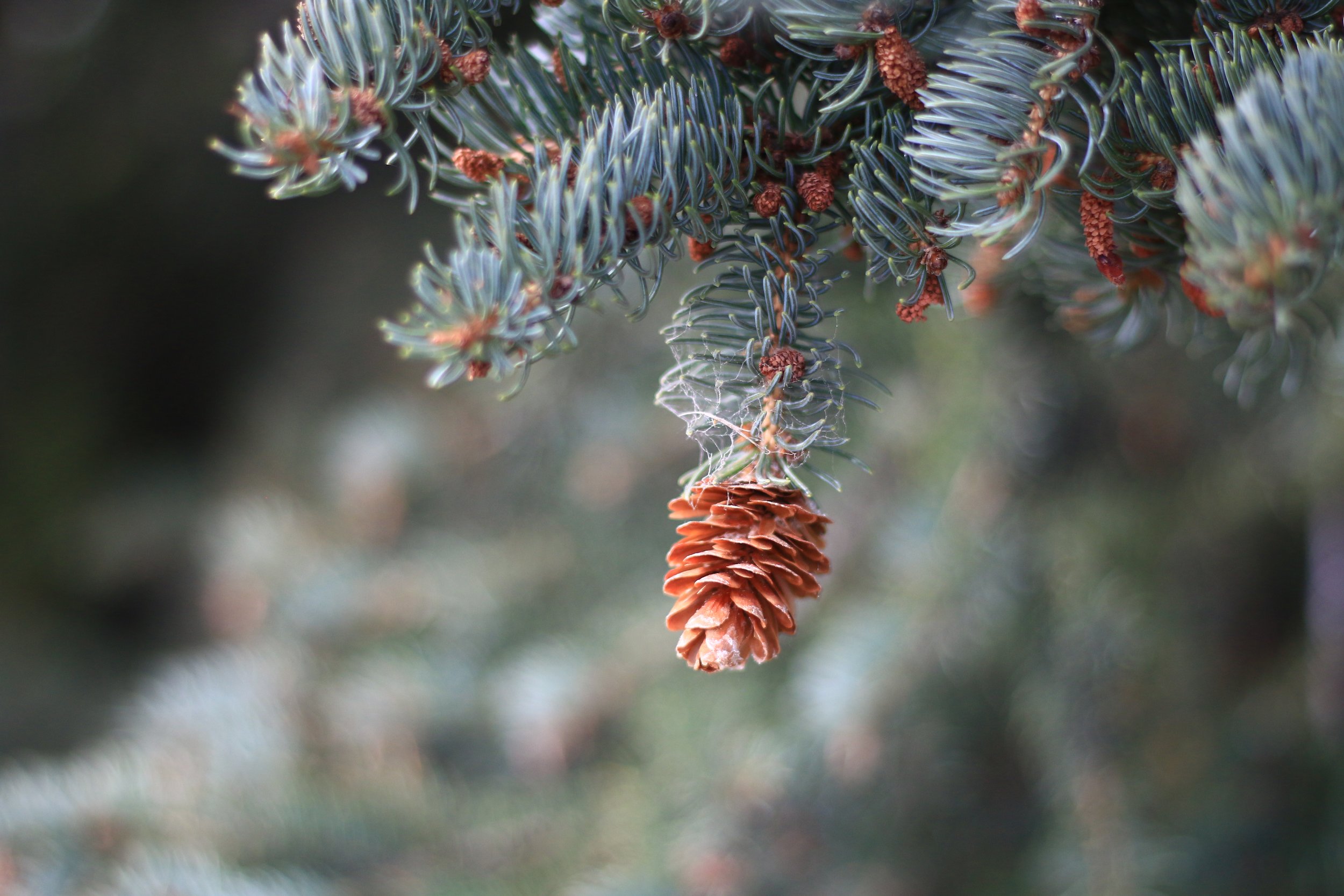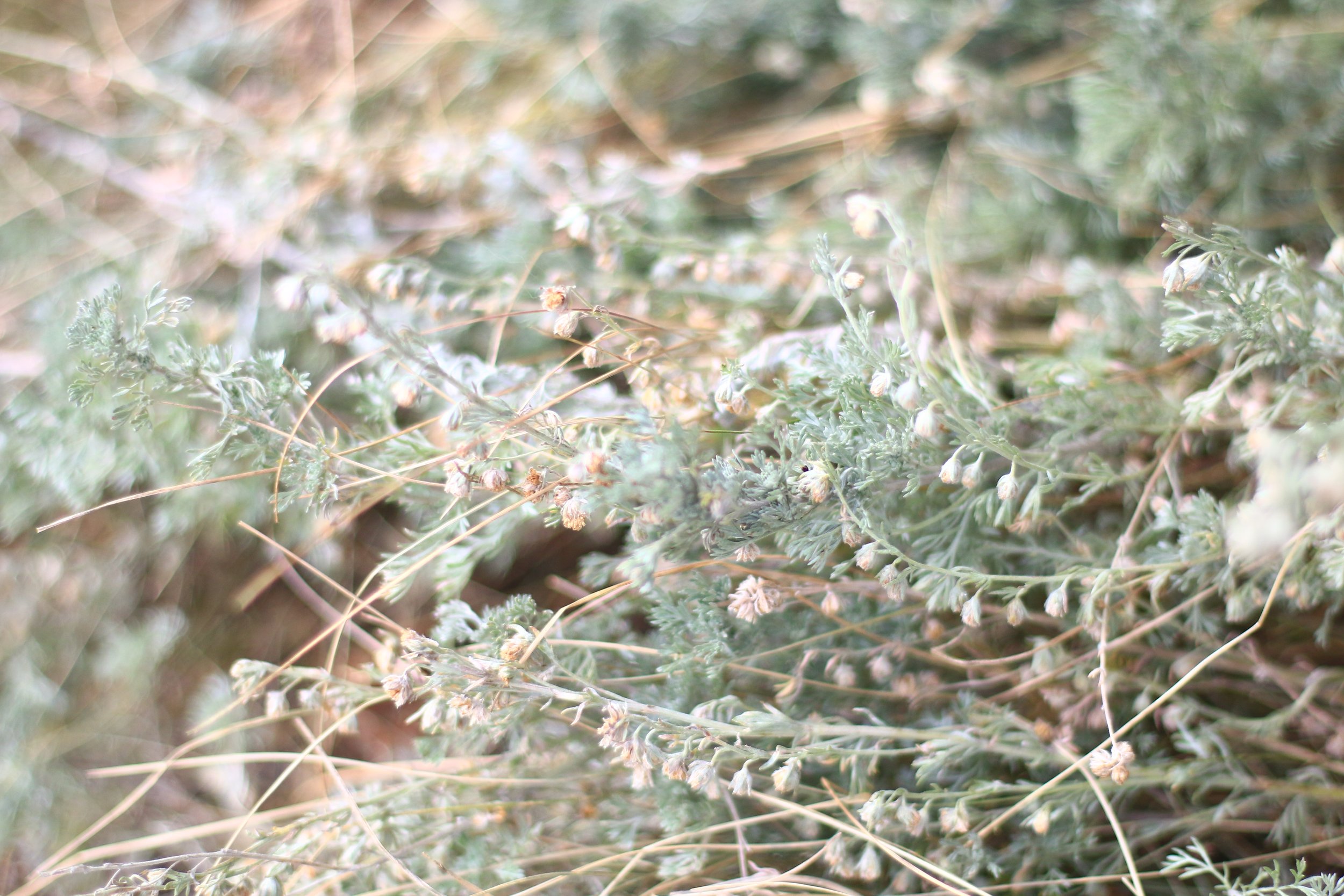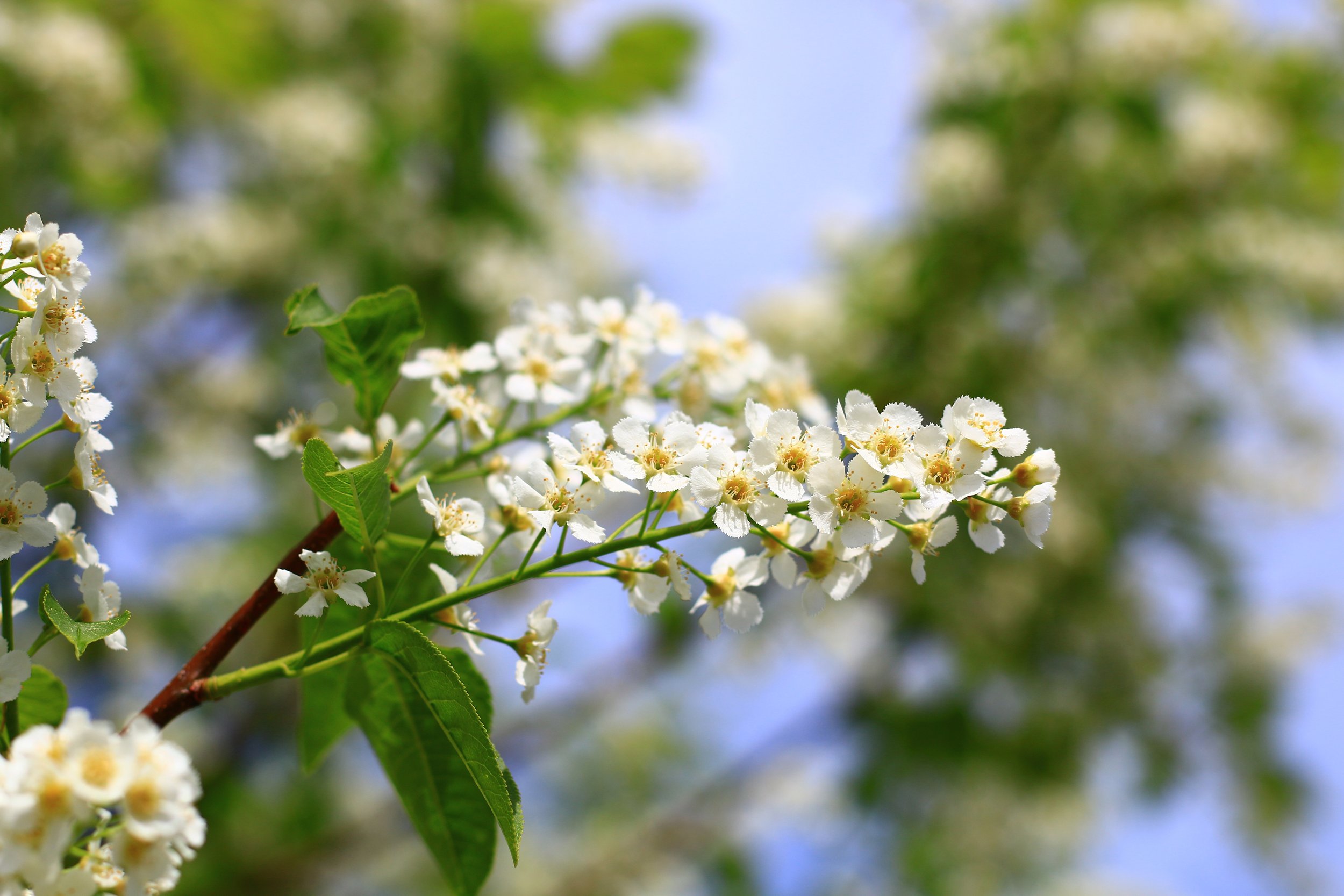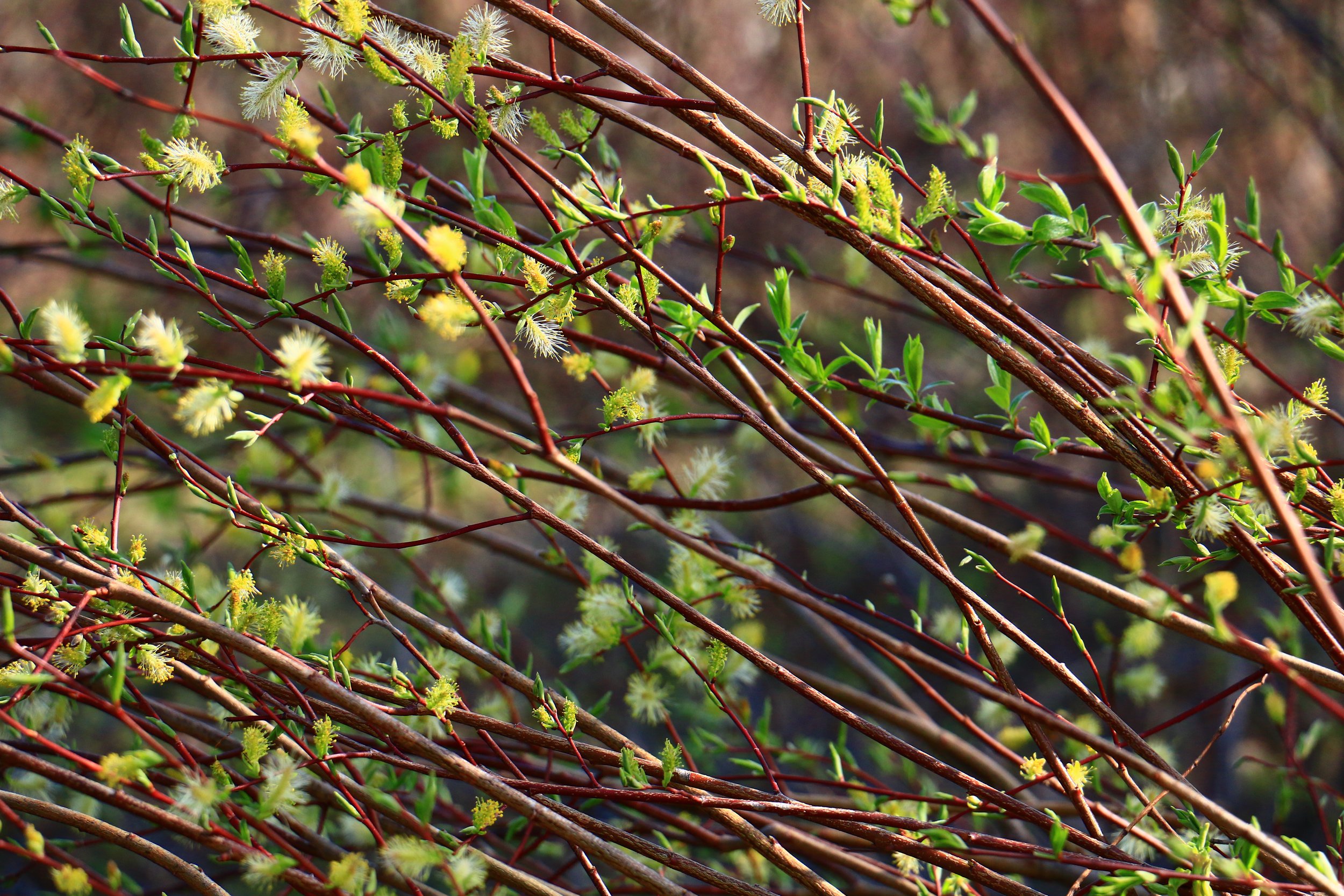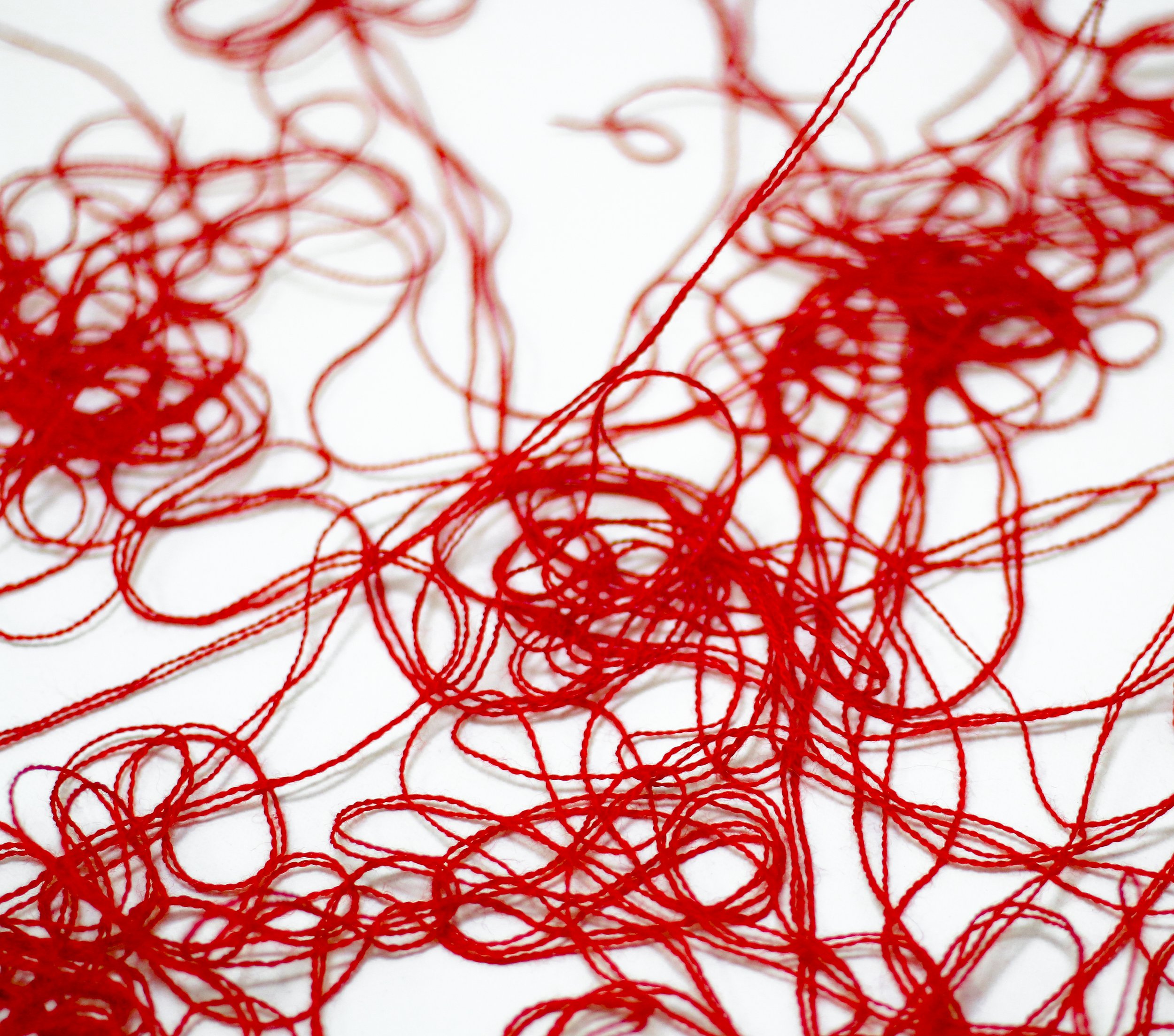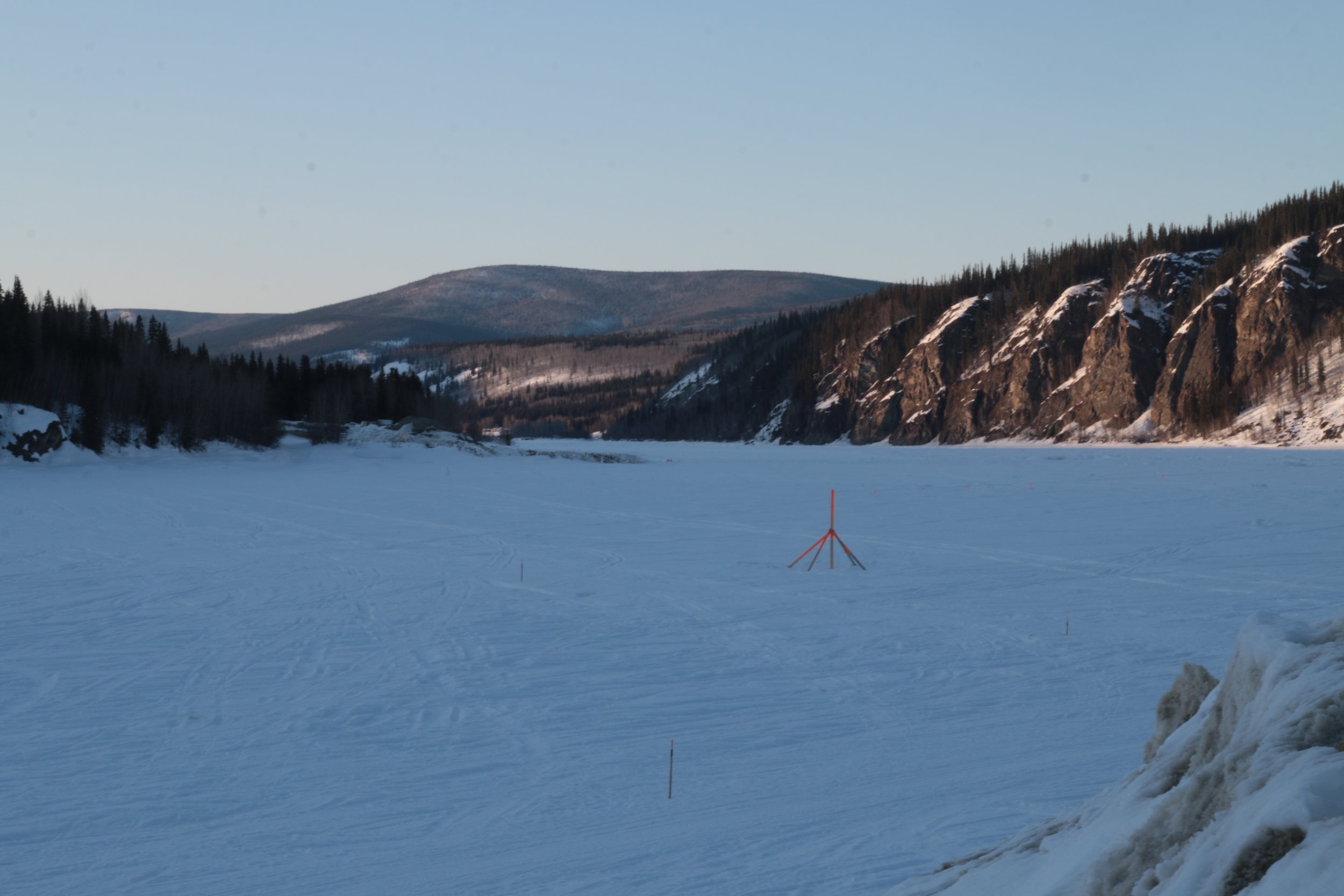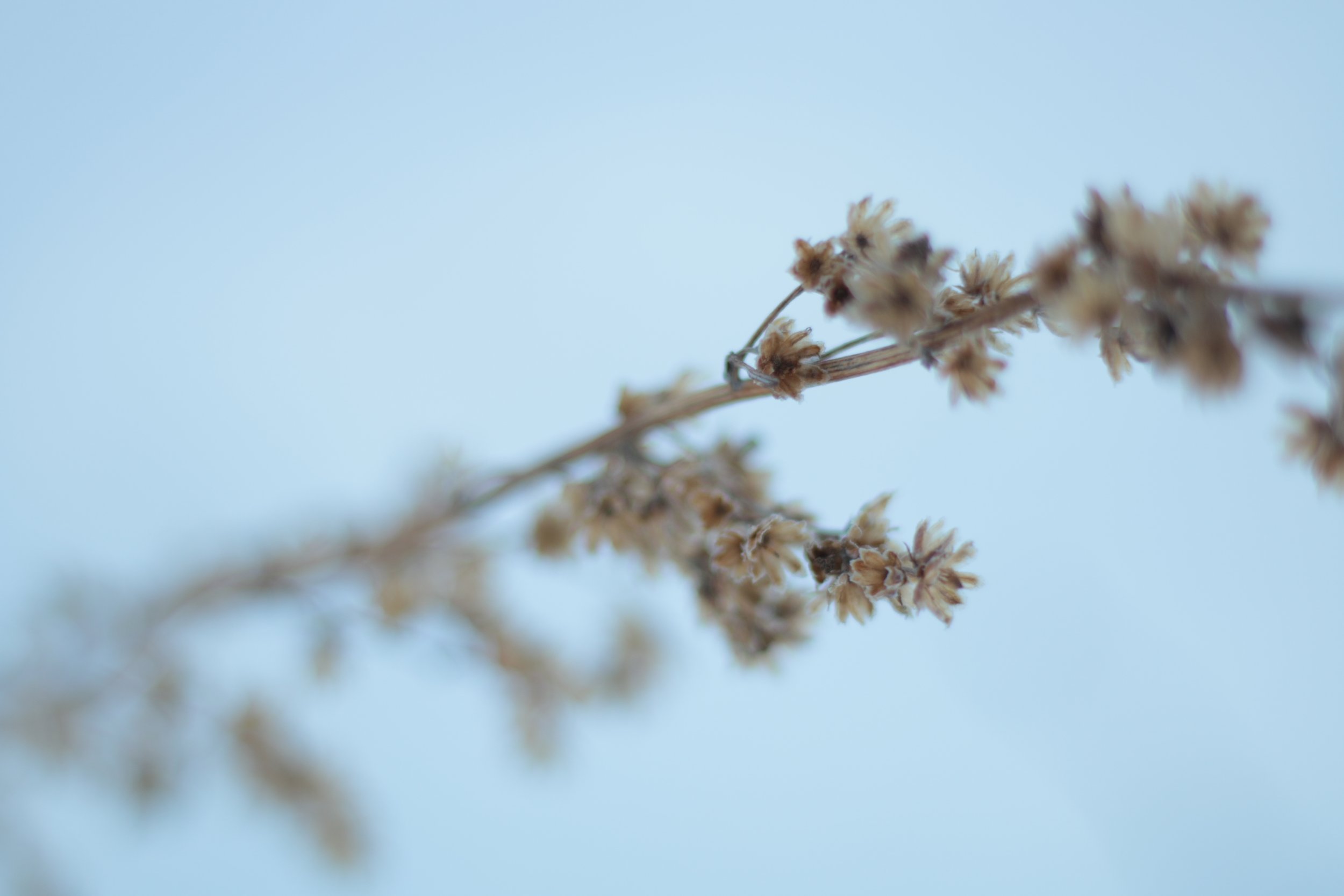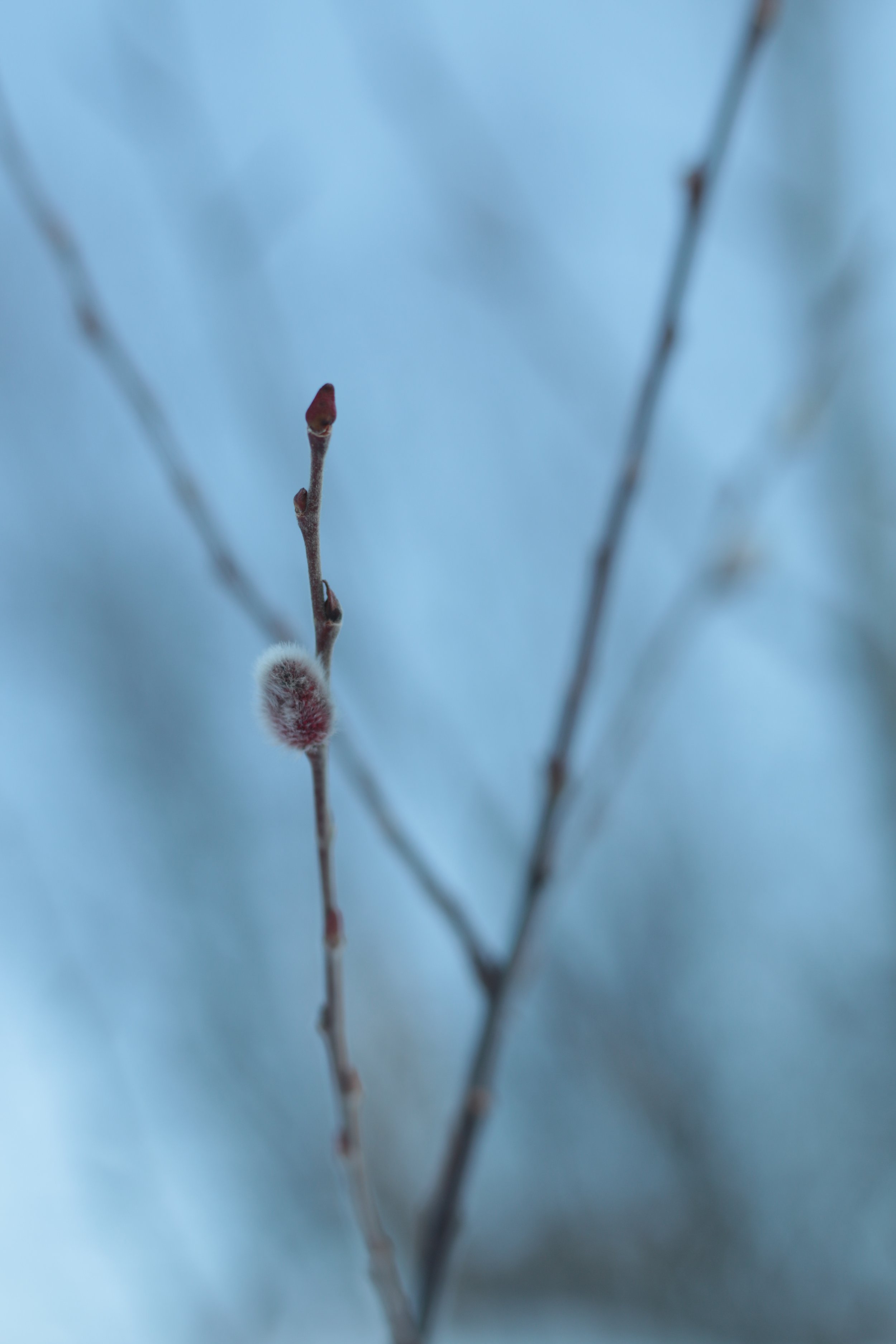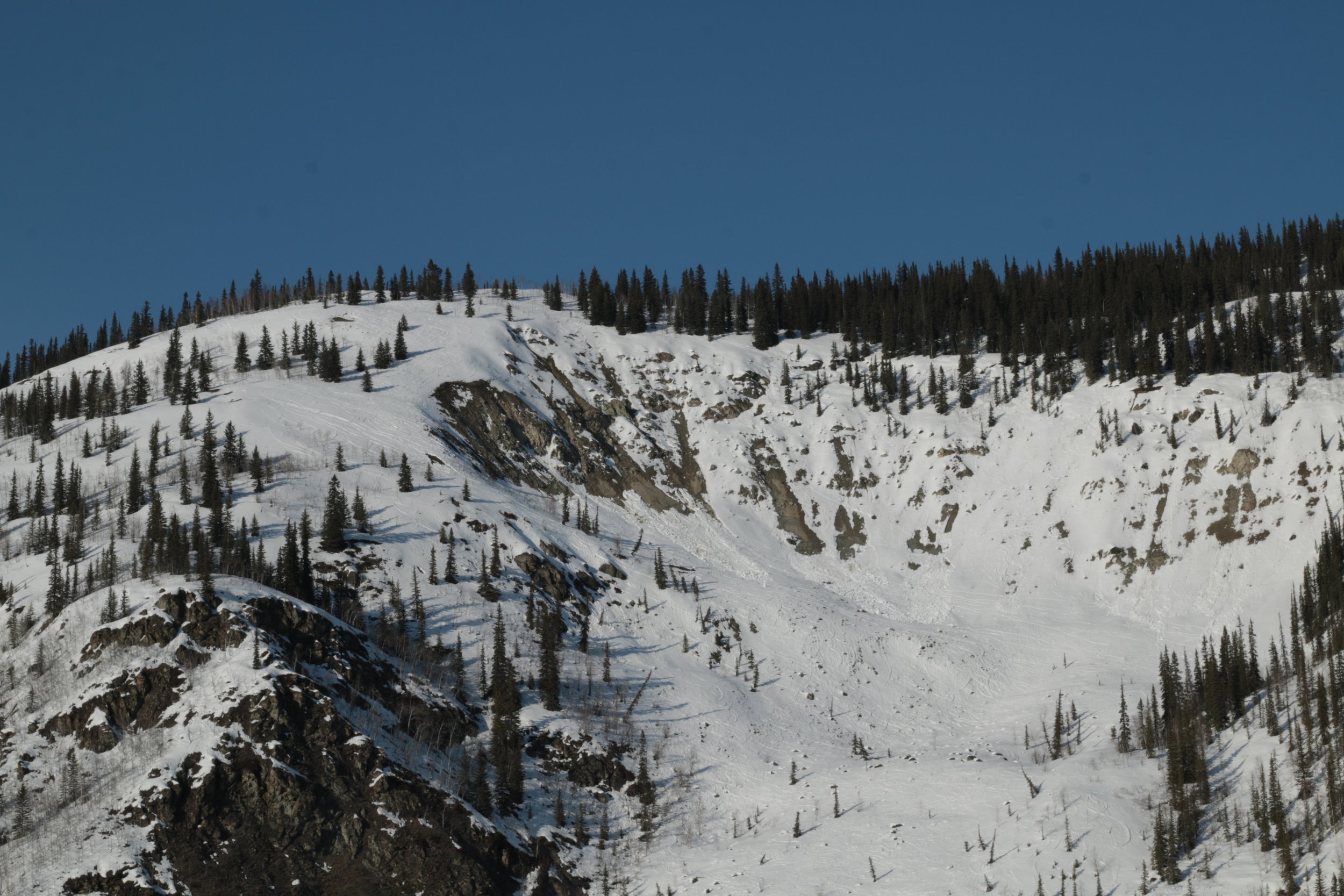Krystal Silverfox - Remote Research Residency Archive
Final thoughts.
In the past few weeks a lot has changed.
Most noticeably, the season has begun its change from Summer into fall.
This change is a reminder of how short the summer is in the Yukon.
Moving from warmth and long days to chilly nights and colour changes.
Plants have gone to seed, and are preparing for the cold, dark season that is winter.
For the summer I focused on regional plants – thinking about my own connection to the land. Plants are a part of the land, offering an abundance of food and medicine – the Yukon River has been an invaluable source of food and resources for the Northern Tutchone people since time immemorial. However, things are changing quickly – climate change has made a huge impact on the Yukon, causing changes to migration patterns and altering the landscape.
As we enter into the fall, it’s important to remember what the plants are teaching us –such as, to prepare for the future by planting some seeds, and to adapt to the changes ahead. It is also a time for harvest – to celebrate hard work, reflect, and learn from the past. The transition from Summer into Winter is quick – so its important to also take the time to enjoy the leaves changing colour.
Back on the land.
Recently I travelled to Pelly Crossing, Yukon to attend my late uncle’s potlatch. During this brief visit, I was able to reconnect to the land, family, and my culture. It was a beautiful trip, full of inspiration and memory.
It was also a reminder of the importance of connection, especially when making art.
While at a local bar in Whitehorse, a woman walked in with a large bouquet of flowers. She announced to everyone in the bar that she picked the flowers along the Yukon River. It was the call I needed to hear – that the plants are back after a long cold winter.
Since then, I have been enjoying the living bouquets growing along the Yukon River – taking photos, making paintings.
I’ve been working to fit nature into my practice – to stop and admire the world around me and keep grounded. This might mean stopping to smell the roses. Or to touch the land, feel the grass. It’s a reminder to be present and witness the world around us.
Det’aw
Red
A few months ago I dreamt of red fringe spilling onto the floor from a wall hanging. The image was so bright and clear – a form that resembled a red dress, and spilled blood.
This dream affected me. I rarely have dreams with colour so vivid – it became a call to action. I became obsessed with RED. Still, I find myself trying to capture its essence.
Red is a colour that is imbued with magic. In photography, Red is the most sensitive colour to an RGB camera sensor. Darkrooms use safelights, which are red.In painting, red is not a primary colour – rather it is a secondary colour made up of yellow and magenta. The colour Red is considered a staple to Northwest Coast First Nations art. Red is balance and support in Formline design.
Red is found in nature – flowers, berries, blood. I understand red as representing vulnerability and healing – open wounds. I view red as strength – menstruation in Northern Tutchone culture is conceptualized as spiritual cleansing, which is why we don’t smudge during moon time.
Red is sacrifice.
Red is a gift.
Red is to remember.
Red is a warning.
Red is life and death.
Through RRR I will spend time learning about local plants that grow along the Yukon River and their uses and significance to Northern Tutchone culture.
During this residency I hope to learn more about local native plants that grow along the Yukon River. This project will combine traditional research and a visual arts practice to help document and share the process. During this residency, I will be travelling to different locations along the Yukon River – primarily Dawson City and Whitehorse; as well as conducting off-site research in Vancouver and Victoria BC.
KRYSTLE SILVERFOX
Krystle Silverfox is a member of Selkirk First Nation (Wolf Clan), and interdisciplinary visual artist. She currently lives and works on the territory of the Tr’ondëk Hwëch’in (Dawson City, Yukon). Silverfox holds both a BFA in Visual Art (2015); a BA in Gender, Race, Sexuality and Social Justice from UBC (2013); also an MFA in Interdisciplinary studies from Simon Fraser University (2019). Her artistic practice explores different materials, methodologies, and symbols to create conceptual works. Krystle Silverfox is inspired by Indigenous feminism, trans-nationalism, de-colonialism, activism, and lived experience.

